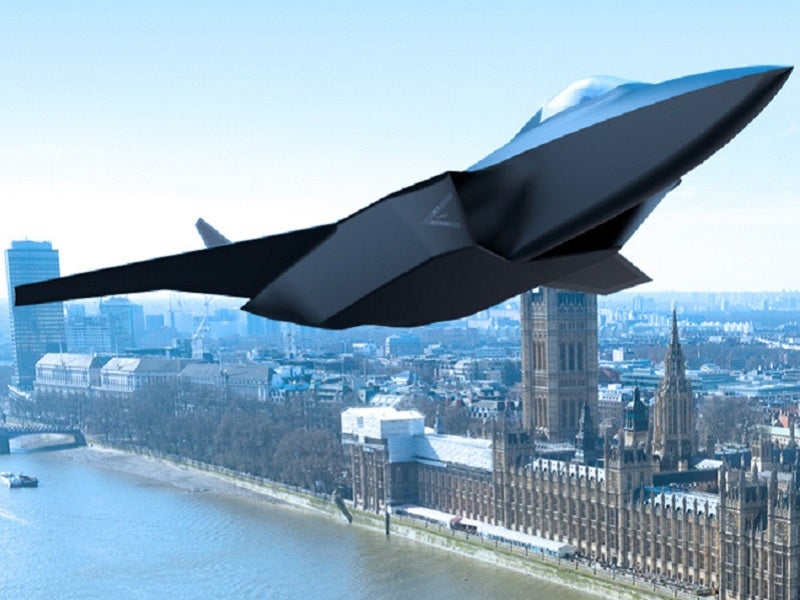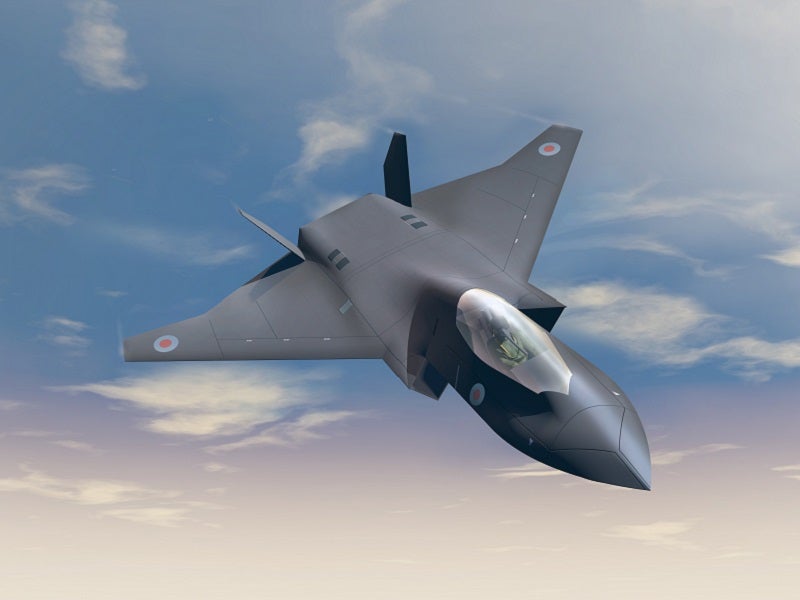
With the reformation of the joint UK-Italian Future Combat Air System (FCAS) into the new Global Combat Air Programme (GCAP) following the formal addition of Japan, Europe’s two horse sixth-generation fighter contest appears to have swung in favour of London and Rome, potentially leaving Paris and Berlin out in the winter cold.
Announcing on 9 December the formation of the new teaming triumvirate and programme name, UK Prime Minister Rishi Sunak stated that the “international partnership” would serve to underline “that the security of the Euro-Atlantic and Indo-Pacific regions are indivisible”.
However, news of the tie-up had already been doing the rounds, with the US apparently scooping its NATO ally, announcing in a joint statement with Japan 24 hours prior to Sunak’s speech, detailing its “support” for Tokyo’s move to align with the UK-Italian GCAP.
“The United States and Japan are bolstering our defence cooperation in a number of promising areas, particularly in advanced opportunities for joint research, development, testing and evaluation. Together, we have begun important collaboration through a series of discussions on autonomous systems development which could complement Japan’s next fighter programme, among other platforms,” read the joint statement released by the Japanese Ministry of Foreign Affairs.
What is Japan bringing to GCAP?
The inclusion of Japan into the newly dubbed GCAP will see the Anglo-Italian aerospace base, already in rude health with primes such as BAE Systems, Leonardo, and Rolls Royce, augmented with the industrial capabilities of Mitsubishi Heavy Industries and IHI. The creation of the GCAP has effectively married the joint efforts of the previous FCAS and Tokyo’s F-X programme, although work shares are likely to be one of the typical sticking points of multinational programmes.
“Other sixth-generation aircraft development programmes, specifically the European FCAS programme, have seen friction over the division of development between the partner nations, and this is an early potential stumbling block for the nascent GCAP programme,” said Harry Boneham, aerospace analyst at GlobalData.
Another factor to consider will be economies of scale that will be boosted with the inclusion of Japan, whose own F-X sixth-generation fighter programme was planned to replace around 90 F-2 fighters from the mid-2030s onwards. The UK has long since been planning to replace its Eurofighter Typhoon FGR4 platform with what is now the GCAP from the mid-2030s, with the potential for around 100 aircraft as part of the UK requirement. Italy too will replace its Eurofighters with the GCAP.
It should be noted the GCAP, as with all sixth-generation fighters under development, is part of a crewed/uncrewed teaming, system of systems approach that will incorporate ‘Loyal Wingman’ platforms as part of a mini air group, with the crewed platform acting as a coordinator for uncrewed/autonomous force multipliers. Given this, it is uncertain whether the crewed fighters of today would be replaced on a one-for-one basis with the sixth-generation platforms of tomorrow.

Douglas Barrie, senior fellow for military aerospace at the International Institute for Strategic Studies, said that the new programme name “belies the scale of the ambition of what is now a trinational project”, which offers an “alternative” to the traditional approach of domestic European cooperation.
While considerable challenges lay ahead, the trinational programme would also help provide the “financial heft and aircraft numbers” to support national requirements, he said.
“As Eurofighter [Typhoon] partners, Italy and the UK already have experience of the near inevitable hurdles that will arise. As Japan works with the US on defence aerospace projects, they also know the kinds of difficulties than can be encountered,” Barrie said.
Not that the partnerships are completed with the addition of Tokyo, with the UK Government stating that it was “anticipated more likeminded countries may buy into GCAP in due course”, with the platform expected to be compatible with other NATO partners’ fighter jets, such as the US fifth-generation F-35 or potentially its future sixth-generation Next Generation Air Dominance system.
Partner lost for GCAP?
However, there is a dark lining to the silver cloud of GCAP, with the apparent departure of Sweden from the programme, which had been monitoring its potential inclusion in the UK-Italian FCAS for some time.
“Previously, the FCAS had been represented as a solely European partnership, rivalling the other European sixth-generation programme helmed by France and Germany. The reasons for [Sweden’s] departure are unclear, and the involvement of the Swedes would have been a boon for the programme,” said Boneham.
“The Swedish defence industrial base is very capable, and notably includes Saab, which has extensive experience in producing capable fighter platforms such as the JAS 39 Gripen. However, the doors are not closed on the new GCAP programme, and further additions going forward are a real possibility.”
What about SCAF?
Coincidentally, European aerospace giant Airbus, which is partnering with French OEM Dassault and Spain’s Indra on the other European sixth-generation fighter programme, dubbed SCAF, but also sometimes known by the acronym FCAS (now no longer able to be confused with the Anglo-Sino-Italian project), announced on the same day the completion of what it termed “Europe’s first large-scale manned-unmanned teaming flight demo”.
Led by Airbus, the demonstration saw two fighter jets, one helicopter and five uncrewed remote carriers conduct an aerial activity to test to ability for networked operations, a perceived key feature of sixth-generation platforms. However, the SCAF programme has been beset by delays, as France, Germany, and Spain battle for programme share, only coming to an agreement in November after months of setbacks.
“The rhetoric regarding the other European sixth-generation fighter programme, FCAS, has been less definitive [than that of GCAP]. Despite reaching an agreement on starting the next phase of development last month, there has been consistent political wrangling over sharing of development responsibility, amongst other issues,” said Boneham.
“Added to this political uncertainty, the Franco-German-Spanish FCAS is targeting a 2040 entry date for the new aircraft to begin replacing French Rafale and German and Spanish Eurofighters. Given this later entry date, and uncertainty in government, it would not be surprising to see one of these partner nations withdraw from the programme and opt for an off the shelf sixth-generation option, either the US NGAD aircraft or the GCAP aircraft.”
Such a decision, according to Boneham, would allow access to next-generation capabilities sooner, and without the expected high development costs, and ultimately influenced by economic and geopolitical conditions.



